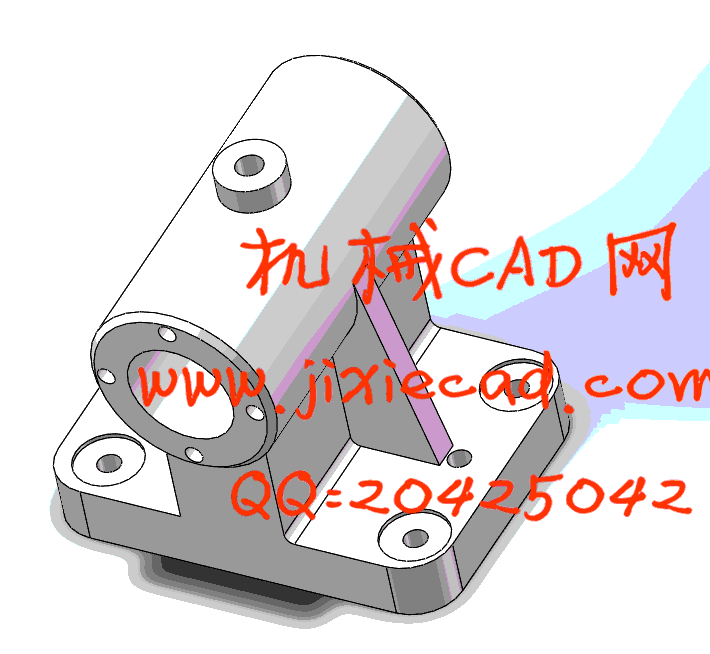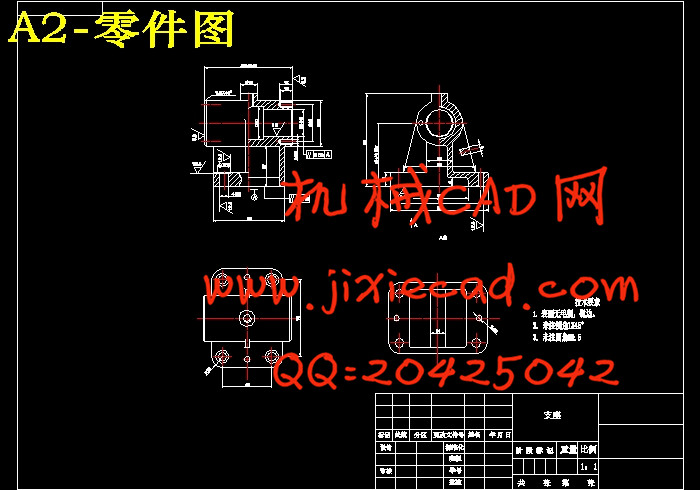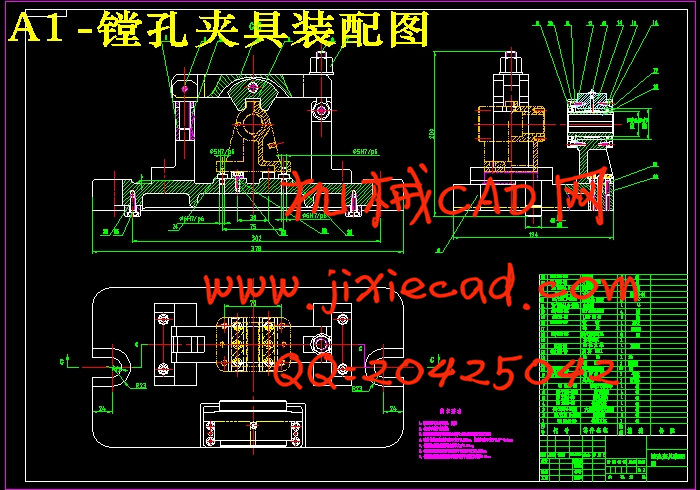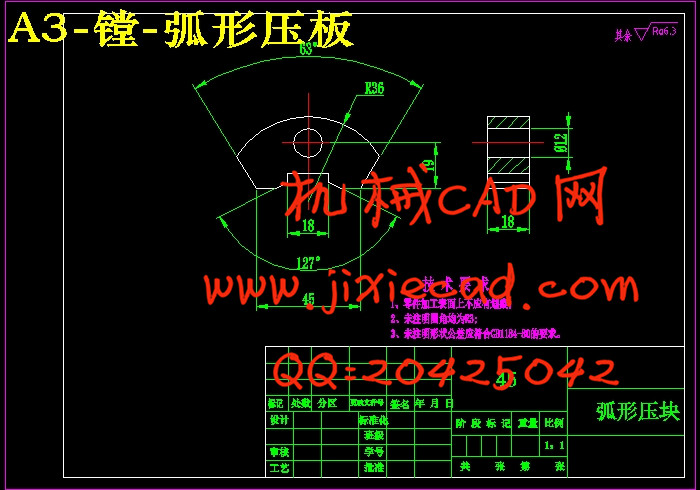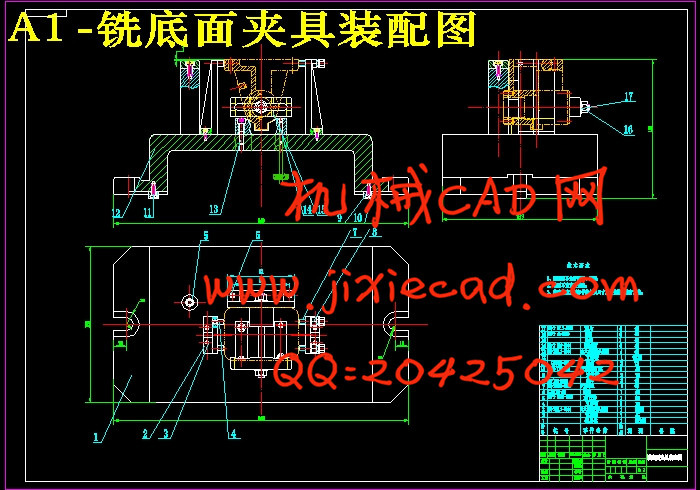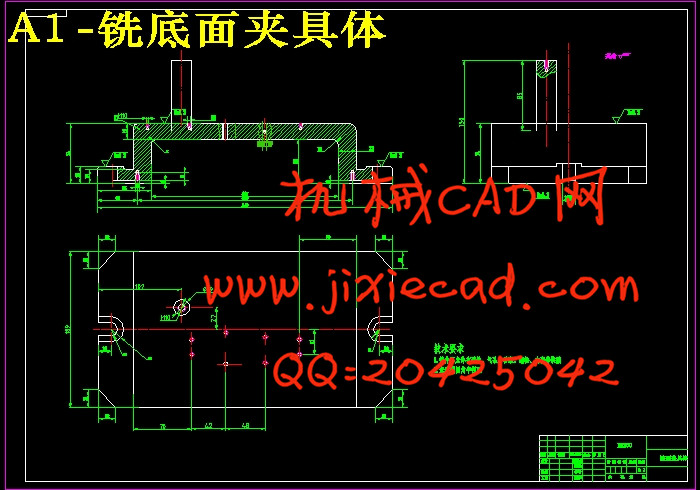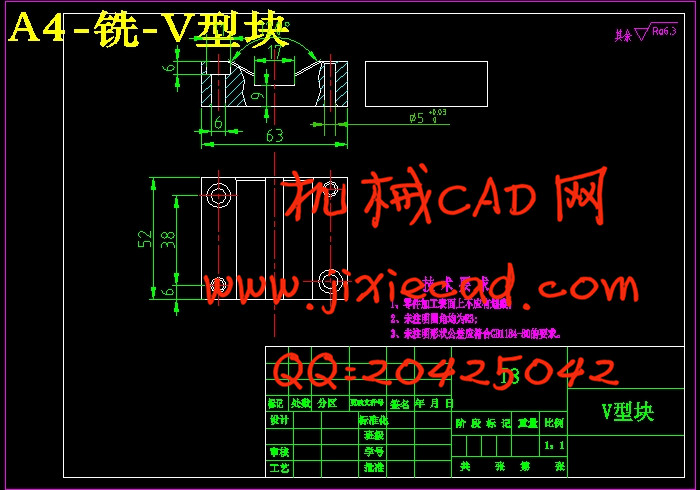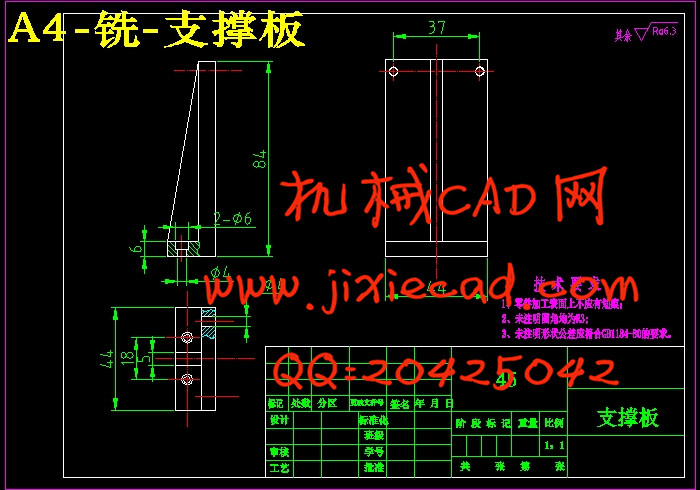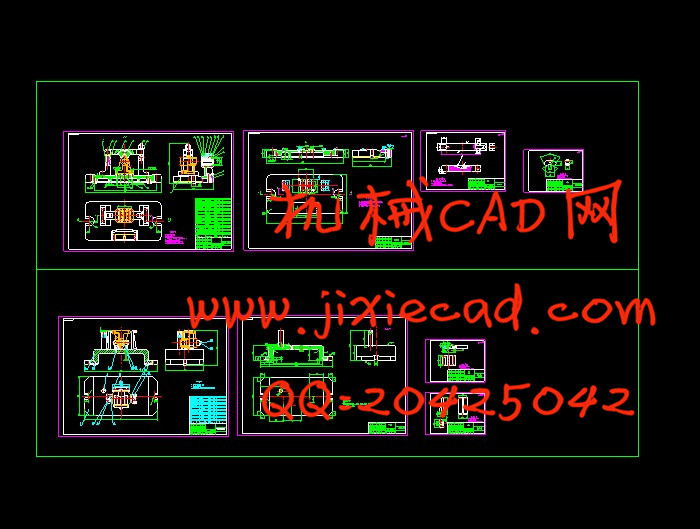设计简介
摘 要
本课题主要是在小支座零件加工过程的基础上进行的专用夹具设计。主要加工部位是平面和孔。在一般情况下,确保比保证精密加工孔很容易。因此,设计遵循的原则是先加工面后加工孔。孔加工平面分明显的阶段性保证粗加工和加工精度加工孔。通过底面作一个良好的基础过程的基础。主要的流程安排是支持在定位孔过程第一个,然后进行平面和孔定位技术支持上加工孔。在随后的步骤中,除了被定位在平面和孔的加工工艺及其他孔过程。整个过程是一个组合的选择工具。专用夹具夹具的选择,有自锁机构,因此,对于大批量,设计夹具会产生更高的生产力,提高生产效率,满足设计要求。
关键词:小支座类零件;工艺;夹具;
ABSTRACT
This topic is mainly in the design of special fixture on the basis of the process of the small bearing parts. The main processing site is the plane and the hole. In general, it is easy to make sure that the hole is machined. Therefore, the design of the principle is to follow the first processing surface after the hole. The hole machining plane is divided into distinct stages to ensure the rough machining and machining accuracy. Based on the bottom surface as a good basis for the process. The main process is to support the first in the positioning hole process, and then carry out the plane and hole positioning technology to support the processing holes. In the subsequent steps, in addition to being positioned in the plane and hole machining process and other hole processes. The whole process is a combination of selection tools. Special fixture fixture selection, there are self locking mechanism, therefore, for large quantities, the design of the fixture will produce a higher productivity, improve production efficiency, to meet the design requirements.Key words: small bearing part; technology; fixture
目 录
摘 要 II
ABSTRACT III
第1章 加工工艺规程设计 1
1.1 零件的分析 1
1.1.1 零件的作用 1
1.1.2 零件的工艺分析 1
1.2 小支座加工措施 2
1.2.1 孔和平面的加工顺序 2
1.2.2 孔系加工方案选择 2
1.3 小支座加工定位基准的选择 3
1.3.1 粗基准的选择 3
1.3.2 精基准的选择 3
1.4 小支座加工主要工序安排 4
1.5 机械加工余量、工序及毛坯的确定 7
1.6确定切削用量及基本工时(机动时间) 7
1.7 时间定额计算及生产安排 19
第2章 镗孔夹具设计 24
2.1 研究原始质料 24
2.2 设计要求 24
2.3 夹具的组成 25
2.4 夹具的分类和作用 25
2.5 定位、夹紧方案的选择 27
2.6 切削力及夹紧力的计算 27
2.7 误差分析与计算 31
2.8 夹具设计及操作的简要说明 32
第3章 铣底面夹具设计 32
3.1 机床夹具概述 32
3.2研究原始质料 34
3.3定位基准的选择 34
3.3 切削力及夹紧分析计算 34
3.4 误差分析与计算 37
3.5 零、部件的设计与选用 38
3.6 夹具操作步骤分析和可靠性预测 38
总 结 38
参 考 文 献 40
致谢 41
摘 要 II
ABSTRACT III
第1章 加工工艺规程设计 1
1.1 零件的分析 1
1.1.1 零件的作用 1
1.1.2 零件的工艺分析 1
1.2 小支座加工措施 2
1.2.1 孔和平面的加工顺序 2
1.2.2 孔系加工方案选择 2
1.3 小支座加工定位基准的选择 3
1.3.1 粗基准的选择 3
1.3.2 精基准的选择 3
1.4 小支座加工主要工序安排 4
1.5 机械加工余量、工序及毛坯的确定 7
1.6确定切削用量及基本工时(机动时间) 7
1.7 时间定额计算及生产安排 19
第2章 镗孔夹具设计 24
2.1 研究原始质料 24
2.2 设计要求 24
2.3 夹具的组成 25
2.4 夹具的分类和作用 25
2.5 定位、夹紧方案的选择 27
2.6 切削力及夹紧力的计算 27
2.7 误差分析与计算 31
2.8 夹具设计及操作的简要说明 32
第3章 铣底面夹具设计 32
3.1 机床夹具概述 32
3.2研究原始质料 34
3.3定位基准的选择 34
3.3 切削力及夹紧分析计算 34
3.4 误差分析与计算 37
3.5 零、部件的设计与选用 38
3.6 夹具操作步骤分析和可靠性预测 38
总 结 38
参 考 文 献 40
致谢 41


